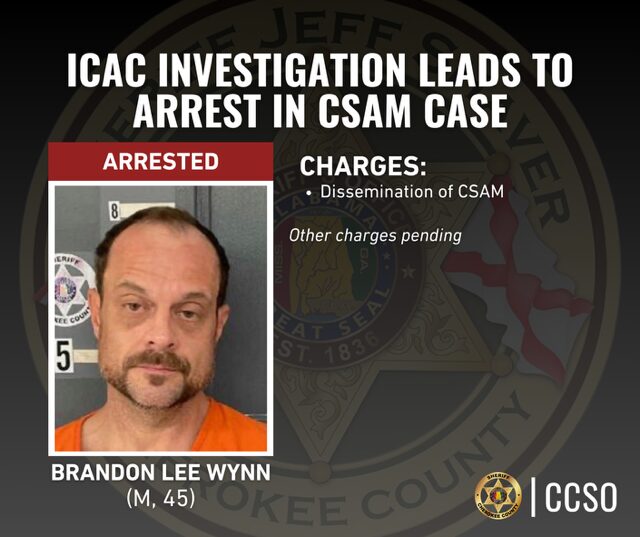
(NEW YORK) — Inflation bedeviled the U.S. economy for years, but a cooldown in price increases has shifted concern toward a different foe: Unemployment.
Hiring remains solid but has slowed dramatically from a peak achieved during the nation’s rebound from the pandemic. The unemployment rate still hovers near historic lows but has climbed markedly this year.
A jumbo-sized interest rate cut at the Federal Reserve last week was viewed by some economists as an effort to fend off rising joblessness, even as Fed Chair Jerome Powell offered up reassurance.
“The U.S. economy is in good shape,” Powell said.
Mixed signals sent by the nation’s labor market pose a high-stakes question for tens of millions of jobholders as well as millions of people seeking work: Where are conditions headed from here?
Economists who spoke to ABC News disagreed sharply about the outlook.
Some acknowledged a slowdown in recent months but dismissed worries about its implications, pointing to resilient job growth and other healthy metrics that suggest the economy continues to hum. Others, however, emphasized their concerns about the trajectory of labor conditions and what it indicates about potential layoffs.
“The job market is cooling but it has not frozen up,” Mark Hamrick, senior economic analyst at Bankrate, told ABC News. “This is a situation that’s seen as relatively stable but results may vary.”
Economists widely acknowledge that the labor market has slowed. That trend doesn’t come as a surprise after a years-long period of high interest rates, which typically weigh on economic activity and company hiring, some economists told ABC News.
In 2022, the pandemic rebound triggered a blazing-hot job market that saw employers add an average of nearly 400,000 jobs per month. Over a three-month period ending in August, employers added an average of about 116,000 jobs per month.
The unemployment rate has climbed this year from 3.7% to 4.2%, though it remains relatively low by historical standards.
The sky-high job growth was bound to slow, in part because the economy lacked room for expansion after employers had hired the workers they needed and a dwindling number of unemployed people remained on the sidelines, according to Valerie Wilson, a labor economist who runs the program on race, ethnicity and the economy at the left-leaning Economic Policy Institute.
“We expected job growth at some point to slow down,” Wilson said. “To me, that alone isn’t cause for concern.”
The uptick in unemployment isn’t cause for concern yet either, Wilson said, highlighting data that demonstrate strength in the labor market and across the wider economy.
The share of job holders between the ages of 25 to 54 — known as the “prime age” for workers — stands at a 23-year high. U.S. gross domestic product grew at a solid pace over three months ending in June, U.S. Bureau of Economic Analysis data showed. A relatively low number of people has claimed unemployment benefits in recent weeks, suggesting few layoffs.
“I don’t think there’s an immediate cause for concern,” Wilson said.
Some economists disagreed. They pointed to a recession indicator known as the “Sahm Rule,” which says that a rise of 0.5 percentage points in the unemployment rate within a 12-month period typically precedes a recession.
“When it comes to the Sahm Rule, what you see in the data is when the unemployment rate starts rising, it usually has a lot of momentum and takes a while to stop,” Nick Bunker, economic research director for North America at Indeed Hiring Lab, told ABC News. “That’s the concern.”
The rule’s originator, former Fed economist Claudia Sahm, has questioned whether it applies in this case, in part because unemployment remains low.
Economists who are worried also pointed to data suggesting that the employment situation may not be as strong as some contend.
Despite low unemployment, more than 10% of Americans can’t find enough work, meaning for instance that they are working part-time but want full-time jobs or have fallen out of the labor force because they’ve stopped looking for work, Julia Pollak, chief economist at ZipRecruiter, told ABC News.
“Rising unemployment is not just a blip,” Pollak said.
The exact path forward for the job market is difficult to predict, some economists said. Last week’s interest rate cut could help jumpstart economic activity, some noted; while others said such policy typically takes effect on a lag that will render it irrelevant in the near term.
“The future is uncertain,” Bunker said. “I wouldn’t say we’re moving in this great direction where everything will be completely fine. But I wouldn’t fall into the trap of saying there’s a rising unemployment rate so we’re certain to be in a recession soon.”
Copyright © 2024, ABC Audio. All rights reserved.




